Lunchbox Amp Guide: 4 Mini Tone Monsters!
Compact tube tone for your guitar
Lunchbox amps have been a popular way for guitar players to achieve a portable, great-sounding guitar amp tone, and the market is now full of various models. In this guide, we look at four of my favourites.
Lunchbox Amp Guide: 4 Mini Tone Monsters!
Lunchbox Amp Guide
If you are a working guitarist or you want a smaller-sized amp head, then Lunchbox amps are a great choice.
The Orange Tiny Terror (now discontinued) was the commercial success that started the lunchbox amp phenomenon, and it spawned a whole new category of small, yet mighty guitar amps for players on the move. The smaller size and portability are aspects that appeal to many gigging musicians.
Tube Tone
These small amps tend to be tube-driven designs, and get you great tones without having to lug around a huge 50-watt or 100-watt amp head. Most live venues and recording studios aren’t too keen on high-wattage amps, especially as amp modeling has become popular for many guitar players.
Virtual amp rigs certainly have their place in the world; however, nothing beats having a great-sounding amp head that you can base your sound around. In this guide, we are going to look at some of the most popular lunchbox amp heads.
I’m a huge fan of lower-wattage tube amp heads, and find they can fit many situations, whether at home, playing live, or working in the recording studio.
The list contains four models that I think you should be aware of, and each has its own character and unique features. They are all super affordable, and I have specifically avoided any of the higher-priced boutique options for this guide (however, I’m sure I’ll do a guide for those at some point soon as well), and each model offers something different, and there is something for everyone in this list.
Orange Dual Terror
The Orange Dual Terror is a larger version of the original Tiny Terror, featuring two channels and 30 watts of power from four EL84 output valves and four 12AX7 preamp tubes.
A 4 Valve/2 Valve switch on the rear panel, along with the Full/Half Power switch on the front panel, drops output power down to 15 or 7 Watts.
It embodies Orange’s Technical Director Adrian Emsley’s “less is more” philosophy, with two differently voiced preamp channels, each having gain, volume, and a single tone control. I’m a huge fan of Adrian’s circuit designs, as he gets straight to the meat and potatoes of the tone, with zero fuss.
Great Tube Tone
The Dual Terror prioritises tone over numerous switches and buttons. Its build quality is robust, typical of Orange gear, designed to handle the rigors of gigging. The electronics are primarily on one high-quality PCB with clean soldering and neat wiring.
Two channels with two distinct voices: Original Tiny Terror and Fat are similar-sounding, but just different enough to make a difference. It also comes in a padded gig bag designed to be slung over your shoulder when you take it to a session.
Who is it for?
The Dual Terror is aimed at guitar players like myself, who want a simple yet great-sounding tube amp with enough options for gigging or using in the studio. I own one myself and love its simplicity, and as I tend to use mine live, I know it can handle a loud drummer.
The Fat channel adds enough warmth and extra gain to make this amp sing when needed. It is more about classic rock, and great drive tones, and so aimed at players who like to hear the power amp section cooking and adding grit to the amp tone.
It has a simple, yet very effective EQ with one Tone knob controlling the voice, which I enjoy as I find it super simple to dial in.
This amp takes pedals well; however, there is no effects loop, so it won’t be for everyone. The optional FS-1 footswitch is worth buying, as it will let you switch between the two channels.
If you like simple amps with lots of power and great British-voiced dirt tones, this model is certainly the one I would recommend.
I have owned the original Tiny Terror, and this is essentially double the power. No MIDI, no recording outs, or cab simulations. Just great tube amp tones and bags of character. Perfect for indie rock, classic rock, punk, and blues.
Hughes & Kettner TubeMeister Deluxe 20
The TubeMeister Deluxe 20, despite its name, is a compact offering from Hughes & Kettner. It provides two footswitchable channels with shared EQ and a footswitchable boost function, effectively putting four sounds at the player’s disposal.
I own a few Hughes & Kettner amps and have found them very reliable and easy to use. My first foray into their products was the Cream Machine from the 1980s, a 1-watt half-rack tube amp, which sounded glorious, and I used one for years. These days, I still use their now-discontinued Statesman Dual EL34 50-watt tube amp head, as it packs some serious punch and sounds great.
They make some great amps, and now that Thomann has taken them over, they are here to stay. Which is great news, as their amps are of excellent quality and great value for money.
Flexible Tones
If you need more flexibility, then this compact lunchbox head could be the perfect choice, as it has several benefits.
Features include a series effects loop, the H&K Red Box AE ambience emulation circuit, and a built-in attenuator with 20-watt, five-watt, and one-watt settings. It also has a useful mute function for nighttime silent recording.
Solid, Reliable, & Compact
The build quality is superb, with a high-quality PCB and a clever valve auto bias/protection circuit. The Deluxe 20 boasts the same trademark backlit perspex front panel as H&K’s range-topping Custom amps.
Its revoiced preamp architecture is lifted from the TriAmp Mark 3, making it a “full-on rock machine that covers almost every musical genre”. The Red Box DI circuit makes it a strong choice for recording, adding realistic speaker cabinet effects.
Who is it for?
These German amps are far more flexible, and having these added features will make them appeal to players who need more options for their rig. They take pedals well, having an effects loop and an attenuator makes them very versatile.
If you need more voices and more gain, then this is an amp head that covers a lot of ground and is very well priced considering all the extra features.
This amp is perfect for any guitarist who needs to cover a lot of tones and also requires the ability to easily capture those tones for recordings.
Hughes & Kettner TubeMeister Deluxe 20 at Thomann
Peavey 6505 MH
The Peavey 6505 MH is feature-rich, boasting two footswitchable channels that mirror the gain structure of Peavey’s full-sized metal head. It also includes a footswitchable crunch mode for the rhythm channel, effectively providing three voices.
Rated at 20 watts, it has plenty of power and is aimed at players who want that tight, high-gain American-voicing.
Additional features include a series effects loop and built-in reverb. A three-step attenuator on the rear panel offers full power, five-watt, and one-watt settings. It also has an MSDI (microphone simulated direct out) on XLR with ground lift and a USB recording output.
Built for Crushing Riffs
The 6505 uses a shared three-band EQ with presence and resonance controls to shape the output stage response. There is also the Crunch switch and Bright switch on the Rhythm channel.
The 6505 is built to last with a solid chassis and a high-quality PCB featuring neat layout and wiring. Unlike most lunchboxes, it has a plywood sleeve, giving it the appearance of a regular, albeit smaller, head. The built-in TSI (Tube Status Indicator) circuit monitors valve performance for peace of mind.
Who is it for?
If you need a high-gain amp without the huge amount of power of a 120-watt amp head, then this high-gain mini beast is perfect. It even has a headphone output for silent practice and a speaker defeat switch.
A great amp head for studio work and stage, as it has all the extra recording output options. If you play metal or hard rock, this is the lunchbox amp for you.
Harley Benton TUBE15
The Harley Benton TUBE15 is the most affordable model on this list and is another brand owned by Thomann. It has a single channel ClassA/B amp and is rated at 15 watts, powered by two EL84 power tubes and three ECC83 preamp tubes.
The controls consist of Gain, Volume, Tone, Bass, Middle, Treble, and Reverb. Having a built-in digital reverb (which is footswitchable) at this low price point is certainly a bonus, as is the effects loop.
It also manages to squeeze in a Power Attenuator, which can knock the output down to only 1-watt!
Value for money
Considering the low price point, this amp is all tube tone and has many fans online, as it offers great value for money. Harley Benton makes some very affordable gear for musicians, and their tube amps are popular with many musicians on a budget.
The classic styling of this tube amp is also very appealing. It may not cost a fortune, but they haven’t scrimped on the aesthetics of this amp.
Who is it for?
If you need raw tube tone and don’t want to spend a lot of money, then these amps are hard to beat. They also pack in more features than I would have expected for the price, which is great for guitar players who need a flexible and affordable amp.
They are perfect for indie, blues, and rock tones. Grab your favourite overdrive pedal, and you can boost this little tube monster into glorious classic amp tones!
Harley Benton TUBE15 at Thomann
Lunchbox Amp Top Tips
When dialling in your lower-wattage Lunchbox amp, try lowering the gain and maxing out the master volume instead, as this will give your notes better definition and more clarity.
Getting your amp into power amp distortion is what you are trying to achieve here, and it has a very different feel and will make your guitar feel far more responsive.
Once you know your amp, you could start experimenting with different tubes and amp biasing, but that is a rabbit hole that I don’t have enough time to cover in this article!
Speaker Cabinets
Experiment with speaker cabinets, as a 4 x 12 cab and a 1 x12 cabinet have very different feels, and the speakers in them will play a major part in the overall tone of your rig.
I tend to find closed-back cabs have far more bass, but they will be very directional and beam the sound forward. Whereas an open-backed cab will be far less directional, which can work better in smaller venues.
This week, I have been experimenting with a 4 x 10 open back cabinet that I recently acquired, and it sounds very different from any of my 4 x 12 and 2 x 12 cabs. Get out and try as many cabs as you can, grab your lunchbox amp, and get experimenting.
Overdrive Pedals
Invest in an overdrive pedal, as having one will give you an extra gain stage to play with, and allow you to turn a single-channel amp into a faux dual-channel amp. You don’t need to spend a lot of money on one, and sometimes the simpler they are, the better.
Below are three I own and that I would highly recommend; they are all affordable, and each has its own thing going on.
They can be used to tighten up your low end, push your mids, or just as a clean boost. My favourite trick as a kid in the late ’80s was to get my Boss SD-1, turn the Gain knob to zero, set the Tone knob to around 2 o’clock, and set the Level control to Max. Essentially, using it as a clean boost.
Do that into an amp, which is already into power amp distortion, and it is a glorious thing.
Use Your Knobs!
Learn to use your guitar’s control knobs, as backing off the volume and tone will open up your tonal options and give you way more great sounds to play with.
When you have a simple amp, this is where the magic can occur, and many great recordings used this simple trick to create amazing guitar tones.
Below is a great example of how to do this with a Les Paul or SG-style guitar by Joe Bonamassa. Factor in your playing dynamics, and you have a whole heap of things to be cooking with.
I hope you enjoyed some of my suggestions and tips on how to get the most out of your lunchbox amps.
There are many more lunchbox amps on the market, so let me know your favourites in the comments section below.
One response to “Lunchbox Amp Guide: 4 Mini Tone Monsters!”

 4,7 / 5,0 |
4,7 / 5,0 | 

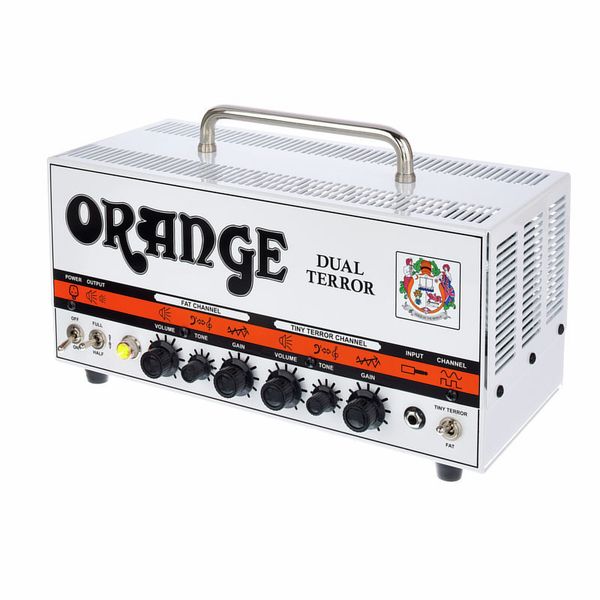
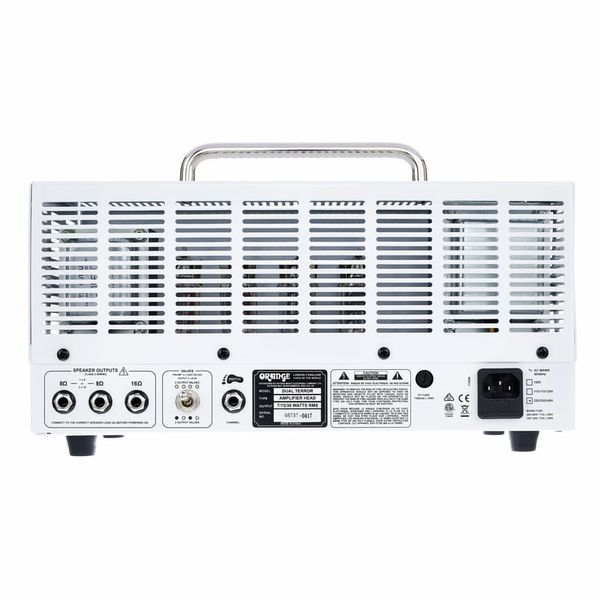
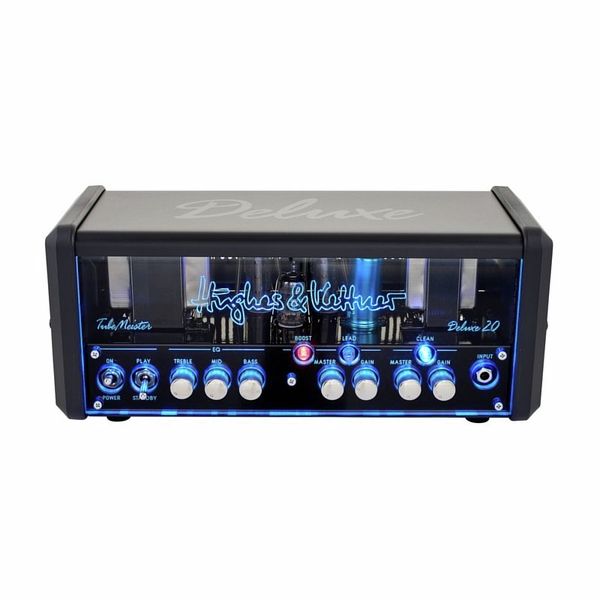
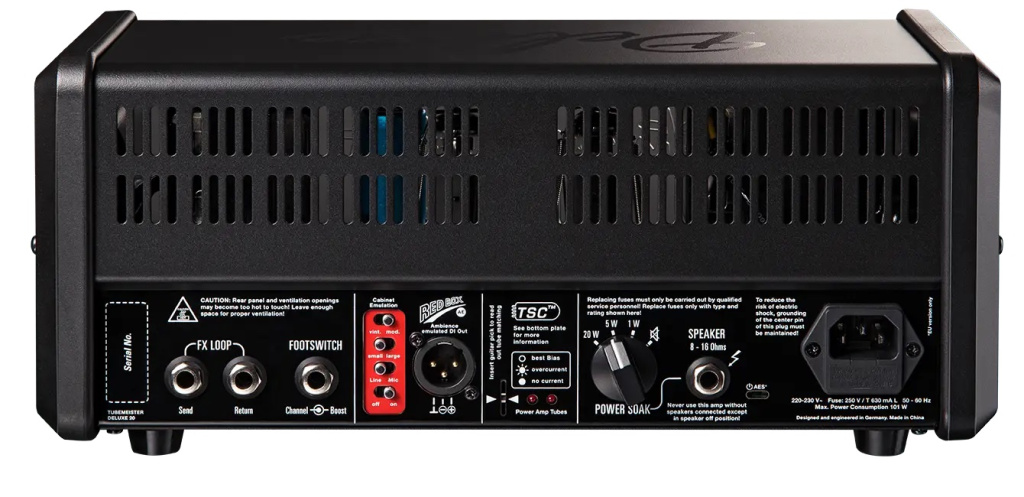
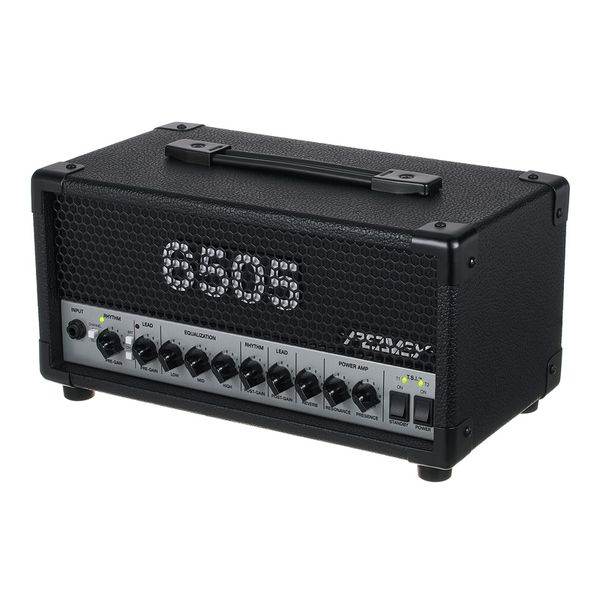
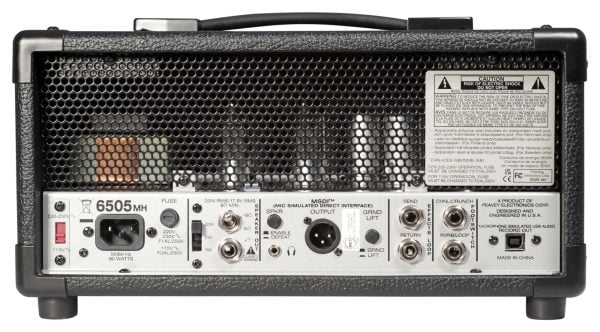
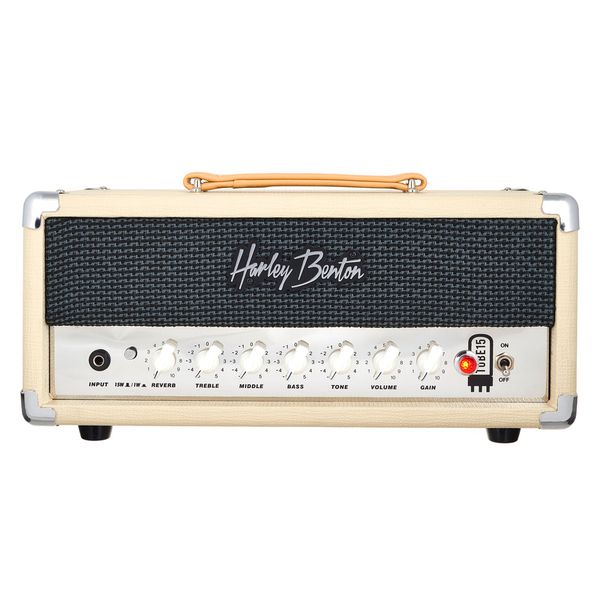
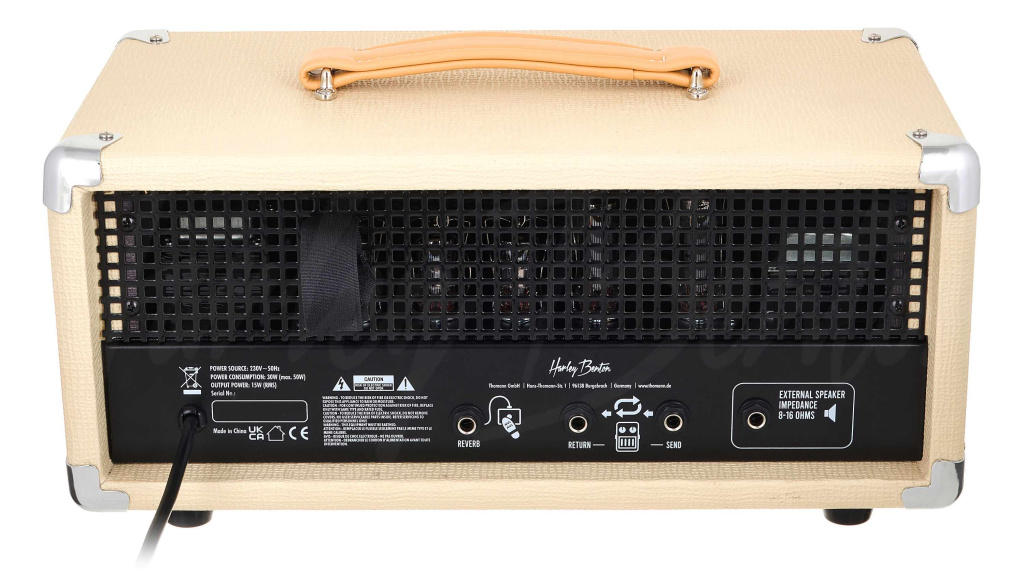
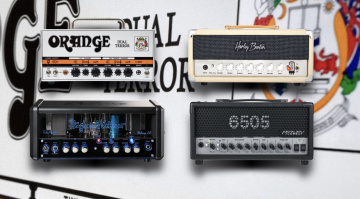

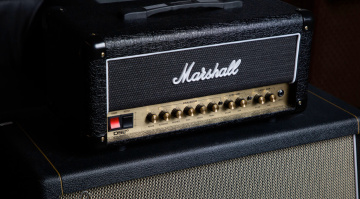
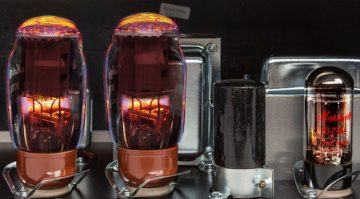
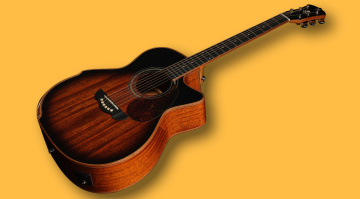
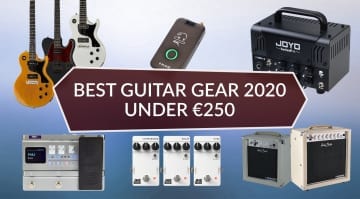

There are so many lunch boox amps available but you have only covered a handful which makes me think you migjt be on commission for recomending these few.You have missed out better amps than you have detsiled here.For example the fender bassbreaker 15w head,Bugera amps,blackstar 20w valve.The list can go on.